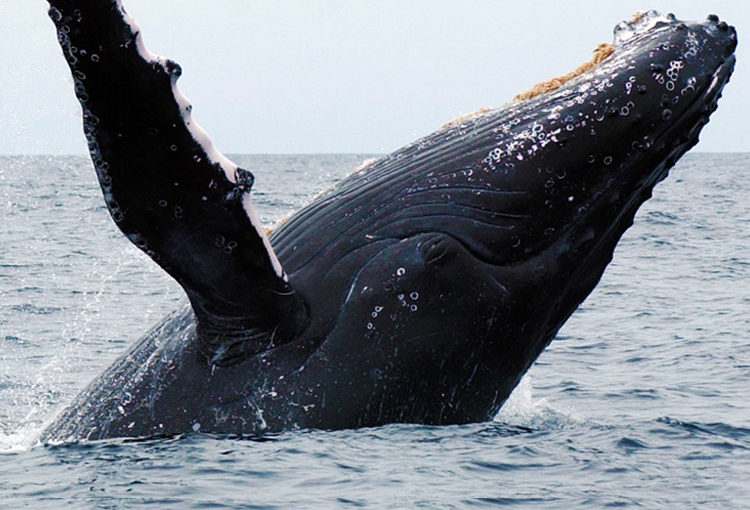Lungile Ntuli (Ezimvelo KZN Wildlife’s Stewardship Programme), Vusi Gumbi, Nkosi Zeblon Gumbi, Dave Gilroy (Wildlands Conservation Trust) and Nathi Gumbi signing the Stewardship Agreement that led to the Proclamation of the community reserve in 2010.
For the first time in South Africa’s history, a tract of land restored to a rural community in terms of government’s land reform policy has been proclaimed a protected area. The proclamation falls under Ezemvelo’s biodiversity stewardship programme, and the Wildlands Conservation Trust (Wildlands) has facilitated the process which involves unprecedented co-operation between public and private conservation and business interests. Somkhanda now enjoys the highest possible conservation status, along with permanent protection against a change in land use.
According Wildlands’ Director of Conservation Programmes, Dr Roelie Kloppers, Ezemvelo’s Stewardship program has worked very well with land in individual private hands. “Rate rebates and other financial incentives bring significant benefits to landowners. But while communally owned land gets the same incentives, tax deductions mean nothing unless the land earns income for the community. In this case, the community has agreed to put the land – 16 000 ha of the 20 000ha that was given to them – under conservation in the belief that land under conservation provides jobs and broad-scale community development.”
Somkhanda will create a vital corridor linking the Zululand Rhino Reserve and Pongola Nature reserve, and Kloppers says the ultimate vision is to connect this area with St Lucia and Swaziland reserves. He says the priority will be to get Somkhanda managed to the same standard as the adjoining private reserves to enable the dropping of fences between properties and the appointment of a single management authority. “This is one of the last big areas in KwaZulu-Natal that can potentially create migratory corridors between reserves for large mammals, such as critically endangered black rhino and African wild dogs.”
Apart from the support given to this initiative by Wildlands and Ezemvelo KZN Wildlife, project partners, the eLan Property Group has drafted the integrated management plan for the reserve – an essential component in the process of protected area declaration and critical for the future management of the reserve.
According to eLan, the development of Somkhanda will see the upliftment of the Gumbi community. Through skills development and input from the eLan Group, this estate will essentially create 200 permanent jobs and an annual income of R6, 8million for the previously disadvantaged community.
In March 2010 Wildlands brokered a ground-breaking deal with Zululand Hunters allowing them to take over the management of the reserve in partnership with the local community. Over the next ten years Zululand Hunters will capacitate the local community to effectively manage the reserve and its commercial activities. At the same time, they will pay an annual lease fee to the community in exchange for sustainable use rights on the reserve and will also make an annual donation towards community development projects. At the end of the lease period Zululand Hunters will have stocked the game numbers to the full carrying capacity allowed on the property thus handing the local community a well-developed resource for eco-tourism development.



